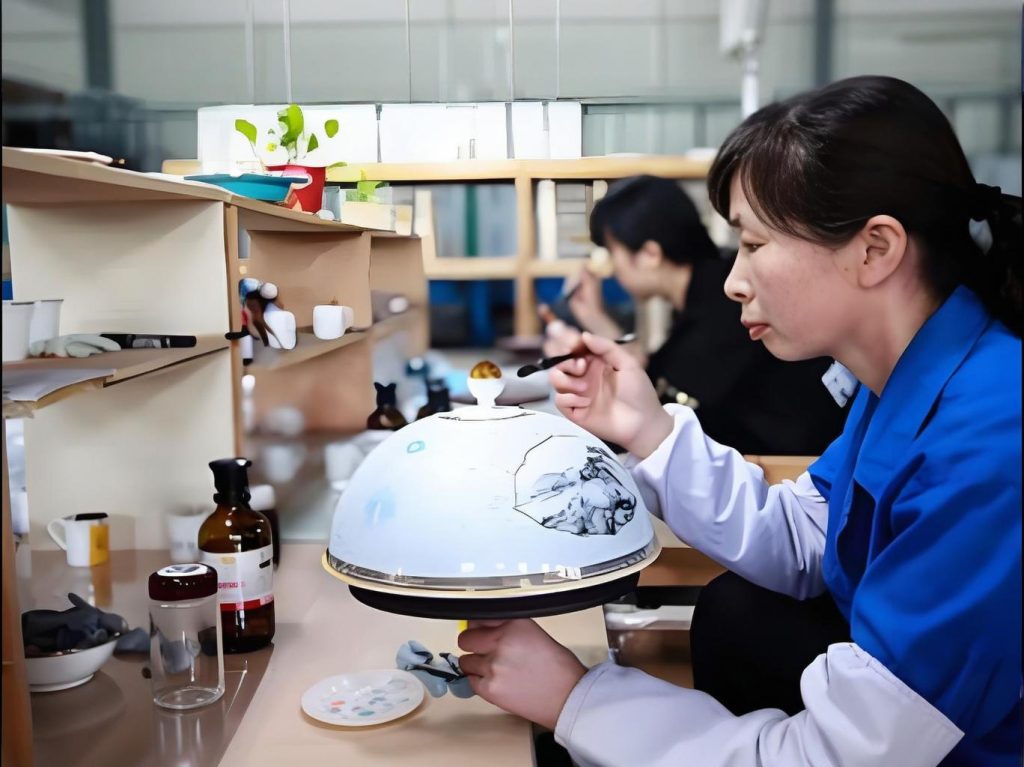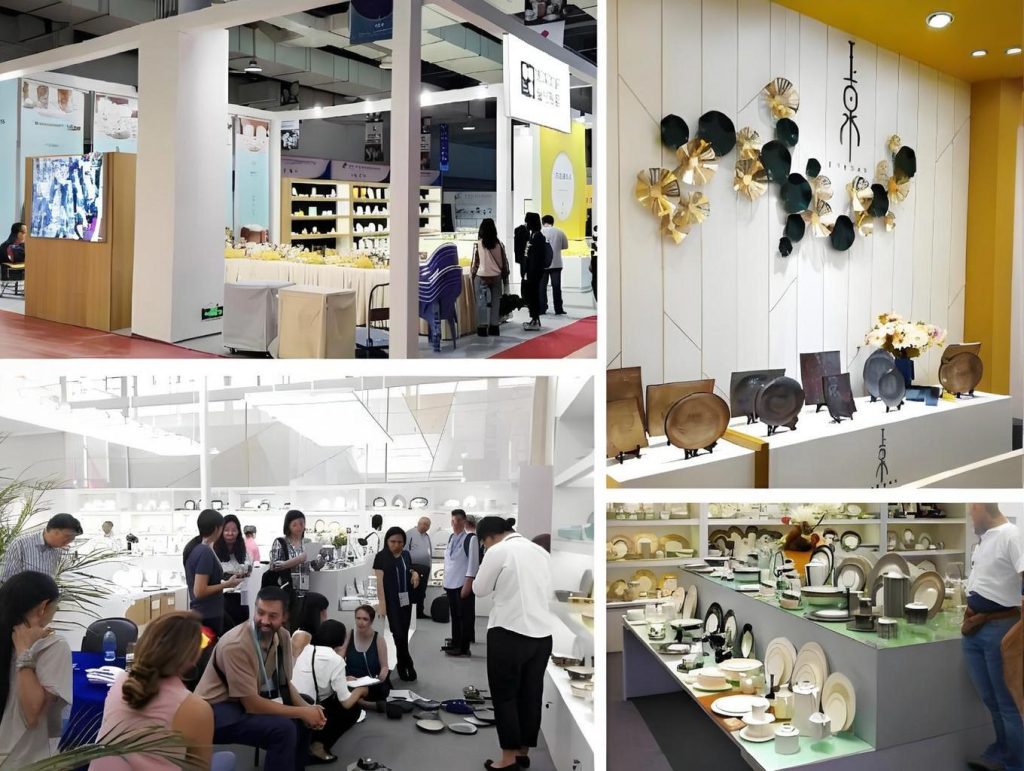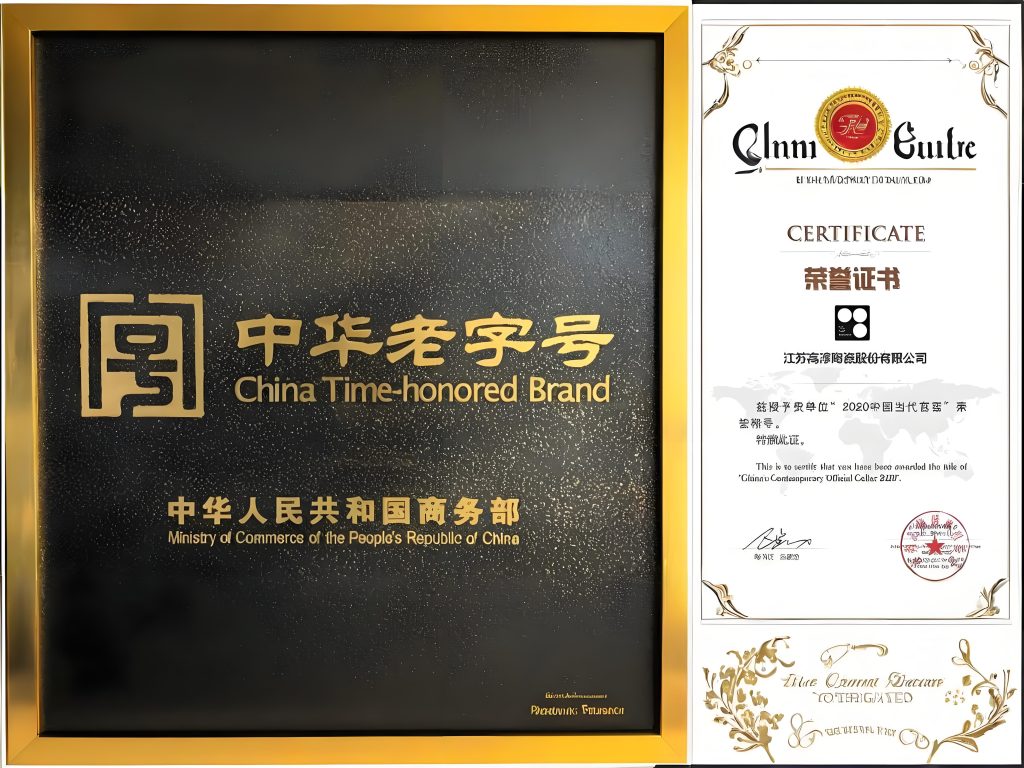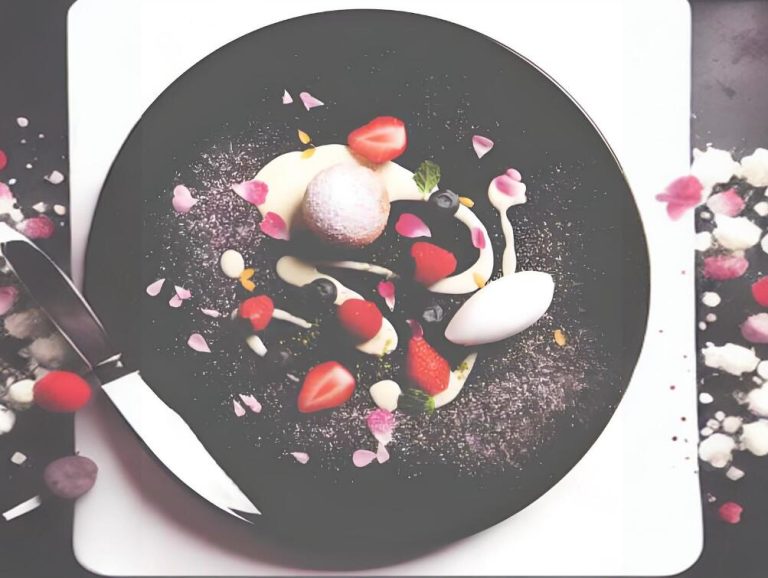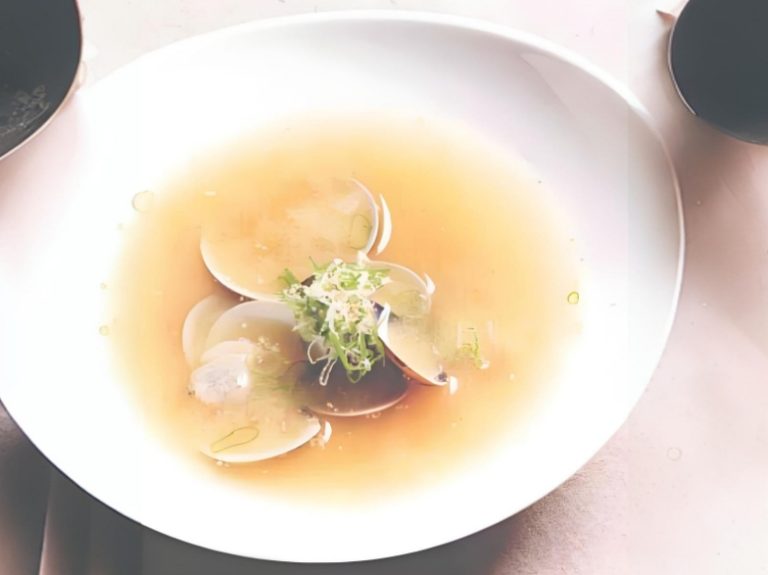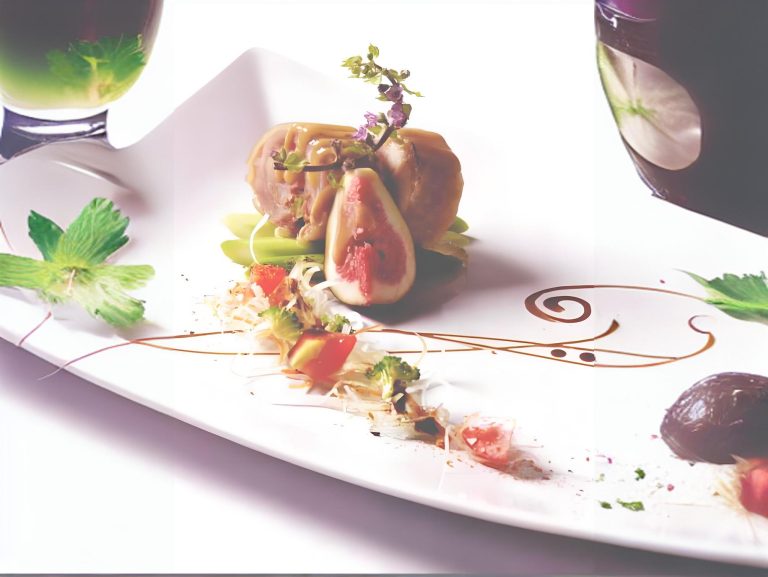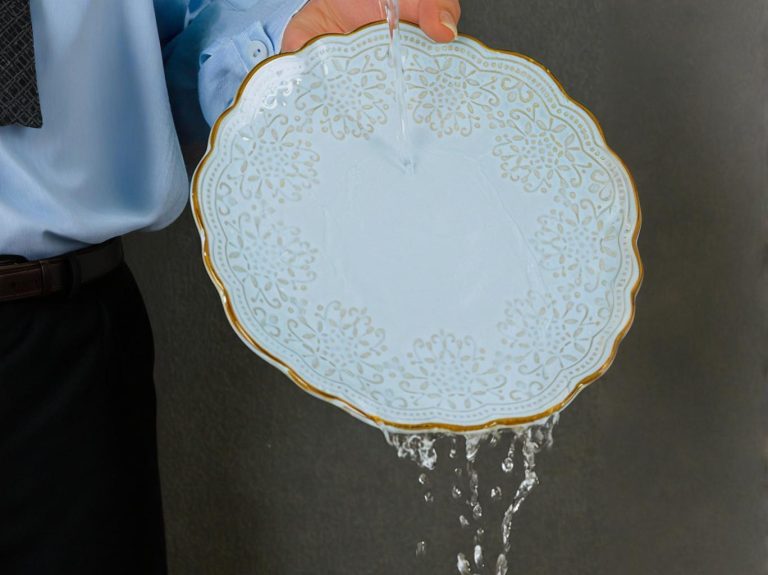Blue Willow Dishes: A 300-Year Journey from British Tea Tables to Global Kitchens
I saw those blue and white plates at an antique market. The seller casually mentioned “blue willow.” I thought it was some niche brand. Later I discovered something wild. This might be the most copied dish pattern in human history.
A Design “Borrowed” for 300 Years
There’s a popular Quora question: “Why do blue willow dishes feel ‘so Chinese’ when they’re actually Western design?”
The top answer came from a British ceramic historian. His take was interesting:
“It’s like the Western ‘China Dream.’ Willow trees, pagodas, bridges, lovers… All elements are real Chinese symbols. But combined, it’s pure imagination. 18th-century Brits never visited China. They relied on random tales from East India Company captains.”
Think about this logic. British manufacturers saw Chinese blue and white porcelain selling like crazy in Europe. The prices were insane. They thought, “We can do this too.” But here’s the problem. They knew nothing about Chinese culture. So they crammed every Chinese element they’d heard about together. They invented a “willow legend” love story as backdrop.
The creepy part? This completely fictional pattern became the “most Chinese” porcelain style in Western minds.
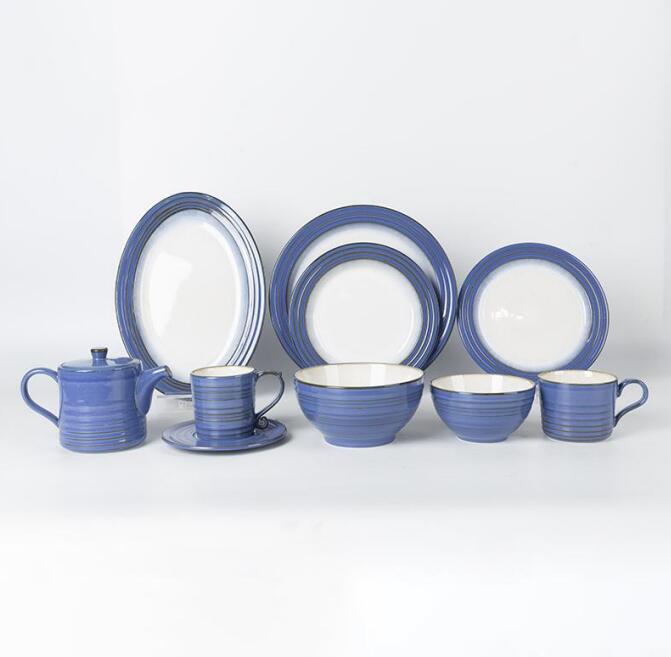
Real Reddit Feedback: Every Grandma Has a Set
I found a hilarious post on Reddit’s r/Antiques board:
Title: “Why does every American grandma own these blue and white plates?”
The comments exploded:
- “My grandma has them! Only brings them out for holidays”
- “Mom said these were her wedding gift… bought in 1975”
- “Thrift store had them for $5 each, I collected a whole set”
One highly upvoted reply nailed it:
“Blue willow is like the jeans of dinnerware. Cheap, durable, never goes out of style. From the 19th century until now, at least 500 tableware manufacturers worldwide have produced this pattern. You can’t escape it.”
That’s true. I later checked out IKEA and Target. Sure enough, I spotted variant versions. Some simplified the pattern. Others changed it to blue-green. But that core “willow + bridge + birds” layout? Instantly recognizable.
Why Has This Pattern Survived 300 Years?
Another interesting Quora discussion: “What made blue willow the most successful dish design ever?”
A former tableware manufacturer product manager offered a business perspective:
1. No copyright protection (this is key)
When the first blue willow appeared in the 1780s, “intellectual property” didn’t exist. Any porcelain factory could copy it. And it got cheaper with each copy. By the 19th century, even American and Japanese manufacturers were producing it. It became a “public pattern.”
2. Low technical barrier
Blue and white craft is relatively simple. White porcelain base + blue cobalt oxide pigment + high-temperature firing. No complex multi-color printing needed. This means both high-end hand workshops and mass industrial production can handle it.
3. Strong storytelling
That fictional “willow legend” (rich girl loves poor scholar, they elope, get chased, transform into birds) makes great dinner conversation. Many people buy these dishes just to have something to talk about at gatherings.
But a Reddit user offered reverse thinking:
“Maybe it’s popular because it’s ‘nothing.’ It doesn’t belong to China or Britain. Not noble, not vulgar. Not modern, not classical. This ambiguity lets it appear anywhere—from country diners to city apartments.”
This reminds me of that saying: Having no distinct feature is sometimes the biggest feature.
How Do Modern Tableware Manufacturers Play This Classic?
I checked several brands still producing blue willow. Their approaches have completely changed:
Traditional route:
- Churchill (British heritage): Insists on hand-painted borders, markets “authentic lineage”
- Johnson Brothers: Classic reproductions, targeting nostalgia market
Innovation route:
- Some brands print the pattern on mugs and tote bags, going the cultural merchandise route
- A Japanese tableware manufacturer launched a “reverse color version”—white pattern on deep blue base
- Some designers even made it into wallpaper and bedsheets…
A ceramic designer on Quora dropped truth:
“Blue willow is now more a ‘visual symbol’ than dinnerware. People buy it not for eating, but to express vague ‘traditional feelings’ and ‘cross-cultural sentiment.’”
Confusing Behaviors in the Collector’s Market
Reddit’s r/ThriftStoreHauls often features blue willow finds:
- “Got 8 plates for $5!” (photo shows mediocre condition)
- “Found 1930s British originals, asking $200, worth it?”
Comments always have veterans explaining:
- ✅ Check backstamps: Early pieces from Churchill, Wedgwood actually have value
- ✅ Check craftsmanship: Hand-painted > transfer print > decal
- ❌ Don’t fetishize ‘antique’: 90% of secondhand blue willow is late 20th-century mass production. Limited collector value.
A 20-year collector said something brutally honest:
“Unless you find 18th-century originals or rare variants, this dinnerware’s biggest value is—it’s usable. Don’t expect it to become an heirloom. Don’t expect appreciation. Just happily use it for meals.”
Wow… That’s the most zen collecting philosophy I’ve ever seen.

Why Are We Still Talking About It?
Ultimately, blue willow dishes have lasted 300 years not from sophisticated design. They hit several key points:
- Affordable enough: Every class can afford it
- Vague enough: Never outdated, because it was never “in”
- Common enough: Your grandma has it, your neighbor too. Creates “collective memory.”
I loved this Reddit post title:
“Blue willow is the ‘Yesterday’ of porcelain—not the best song, but everyone can hum it”
Looking back, that antique market seller was right: “These plates—the story’s worth more than the porcelain itself.”
Do you own blue willow? Was it passed down from grandma or did you find it yourself? Let’s chat in comments.
P.S. Just realized I’ve quietly added a modern reproduction set to my online cart… Clearly, nobody escapes the “true fragrance law.”
If you have any questions or need to custom dinnerware service, please contact our Email:info@gcporcelain.com for the most thoughtful support!

